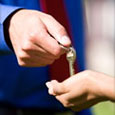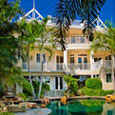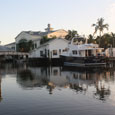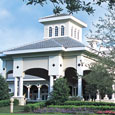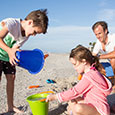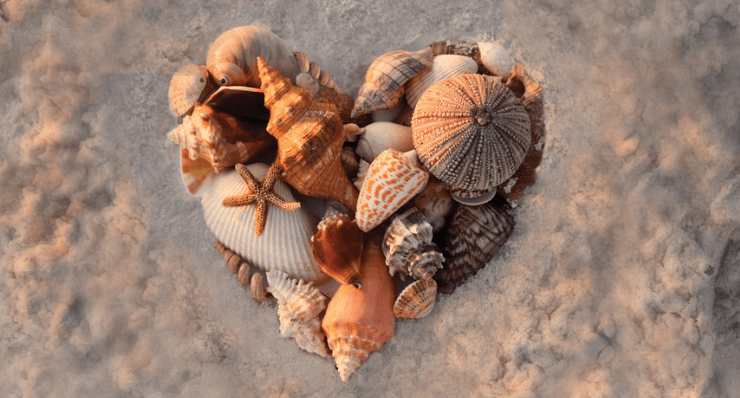
Posted by
Southwest Florida is a natural wonder. You’ll find some of the best shelling in the world on our beaches. Sanibel Island, Captive Island, and even Fort Myers Beach are all known as great shelling destinations.
Sanibel Island has received accolades for having the best shelling spots in the country from Travel + Leisure Magazine. You’ll find all kinds of shells here, from conch to coquina. The seashells you can collect today were once homes to tiny sea creatures. The animals inside build beautiful shells from calcium carbonate in the waters around them.
Imagine combing the beaches for seashells while watching dolphins frolic in the surf at seas. Let’s dive into the details you’ll need to plan a day of shelling here in Southwest Florida.
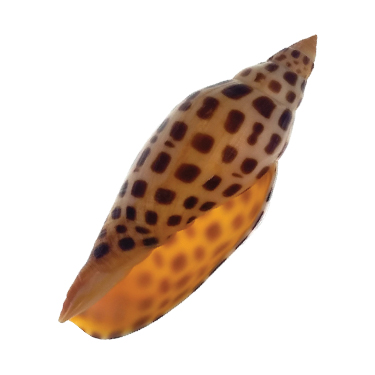
What is the Best Month for Shelling on Sanibel Island?
Sanibel Island has recently been named the best shelling spot in the United States by Travel + Leisure Magazine. What makes the island great for shelling? Its shape. The island is curved, which funnels shells toward the white sand beaches.
While shelling is great here year-round, you might have the best luck during a few certain times of the year. If you’re planning your next Southwest Florida vacation around shelling season, consider coming in the fall months of October and November.
What makes October and November great for shelling on Sanibel Island? This is when tides are lowest. This means you’ll have wider beaches to comb for the perfect shell find.
While fall offers the best shelling on Sanibel Island, you’ll also have good luck finding shells in the spring months of April and May.
Shells you can find on Sanibel Island include:
- Cockle
- Conch
- Coquina
- Lightning Whelk
- Junonia
- Olive
- Sand dollars
- Scallops
- Tulip
Sanibel Island isn’t the only great place in Southwest Florida for great shelling. You’ll also find a treasure trove of seashells along Fort Myers Beach and on Captiva Island.
Shelling is a great family-friendly activity. Learn more about reasons to take your kids Sanibel shelling and make memories to last a lifetime.
What Time of Day is Best for Shelling?
The best time of day for shelling in Southwest Florida is during low tide. This means the best time of day to find shells varies from month to month.
Why does the time of low tide change? It all has to do with the moon. The moon influences the waves and tides with its gravitational pull. The moon follows an elliptical-shaped path around the earth, which means its distance from us can vary up to 31,000 miles. When the moon is closer, the pull is stronger. This creates a stronger variation in the tides on the beaches.
You can keep track of the tides to determine the best time of day for shelling easily with information found online. Consider checking out an online tide tracker or app to help you find the best seashells during low tide.
What Should I Take Shelling?
There’s more to planning a day of shelling than picking the right time of year and the right time of day. You’ll need a few essential supplies to ensure you have a fun day in the sun collecting seashells on a Southwest Florida beach.
A few things you should take shelling include:
- Sunscreen
- Hat
- Sandals or water shoes to protect your feet
- Bucket or fine mesh bag to collect seashells
- Scoop or sand shovel
- Shell identification guide
- Beach umbrella
- Chair to rest
- Water bottle
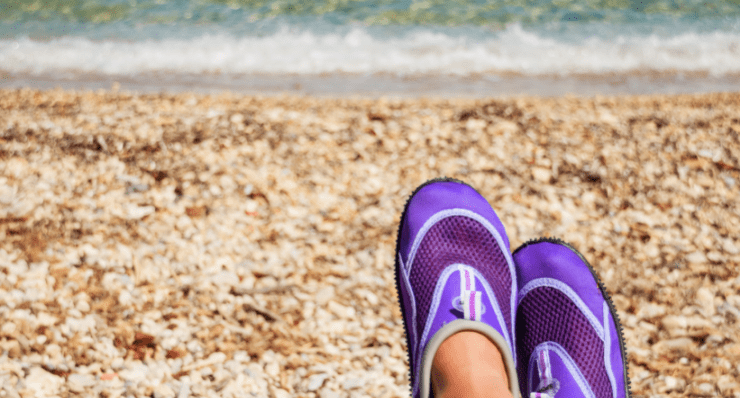
In addition to having the right supplies, you’ll also want to be aware of the right shelling procedures. There are a few rules to follow, which we’ll cover below.
You’ll also want to do the “stingray shuffle” in the water to prevent an unwanted step on an animal and even stir up more shells as you shuffle along. You’ll probably spend a lot of time in a position known as the “Sanibel Stoop” when collecting shells, so be sure to stretch periodically to avoid back pain later.
Does Fort Myers Beach Have Good Shelling?
Sanibel Island might be famous for the best shelling in the country, but it’s not the only place to find seashells in Southwest Florida. Fort Myers Beach is also known for good shelling.
Even though it’s on the mainland, Fort Myers Beach is a Gulf Coast shelling hotspot, especially at low tide and after storms. At low tide, the beaches are wider and the water recedes, which makes it easy to comb through sands normally underwater to find pastel seashells.
No matter where you’re shelling, there are a few tricks of the trade when it comes to finding perfect specimens. Learn more about finding the perfect seashell.
Is Sanibel or Captiva Better for Shelling?
Sanibel Island and its sister Captiva Island are both beautiful beachy destinations. But which is better for shelling?
When it comes to the best shelling, most visitors and locals alike agree that Sanibel Island is the clear winner.
Why is Sanibel Island better than Captive Island for shelling? It comes down to simple geography. Sanibel Island curves inward, so the land acts as a funnel for the shells. The shells are sent toward the beach and make it easy for you to collect them.
Another reason you’ll find fewer shells on Captiva Island is related to the island’s topography. The beaches on Captiva Island have a steeper slope to the water, which prevents some shells from washing ashore.
The shelling isn’t the only difference between Sanibel and Captiva. The islands’ beaches also have different kinds of sands. Captiva Beaches are covered with the sugary white sand you might expect from a Gulf Coast island. Sanibel Island, on the other hand, has beaches covered with sand mostly comprised of broken-up seashells.
This means Captiva Island sand might feel better underfoot. Consider wearing sandals or water shoes when you’re enjoying the great shelling on Sanibel Island. Find more tips for shelling on Sanibel here.
Which Side of Sanibel Island is Better?
Sanibel Island runs from east to west. The east side of the island is home to popular attractions like the lighthouse; the west side is quieter and more secluded.
Which side of Sanibel Island is better? It simply depends on what you’re looking for. You’ll find shops and restaurants and lots of things to do on the island’s east side. A great way to explore the island’s east side is by taking a bike cruise down Periwinkle Way. When it comes to shelling, though, you might prefer the island’s west side.
Turner Beach, on the west side of Sanibel Island, right before you cross over to Captiva, is off the beaten path and makes for the perfect destination to find pristine seashells. You’ll also find the J.N. “Ding” Darling National Wildlife Refuge on the middle/west side of the island. This destination is a perfect place to get away from it all and truly commune with nature. You’re likely to see all kinds of animals and wildlife here, from manatees to beautiful birds.
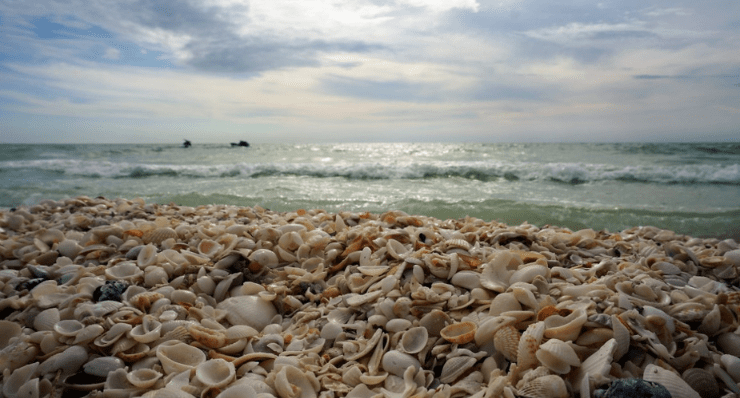
Is Fort Myers Beach Better than Sanibel?
When it comes to shelling, Sanibel Island simply can’t be beaten. The barrier island’s perfect placement in the Gulf of Mexico and unique geography make this island a perfect destination for the best shelling.
However, Fort Myers Beach has many wonderful attributes. Fort Myers Beach is a great destination for sunbathing and swimming, as well as watersports like kayaking, paddleboarding, and even parasailing. Hotels and resorts line Fort Myers Beach and you’ll find plenty of places to stay right where you can wake up and smell the saltwater breezes coming in from the Gulf.
Fort Myers Beach is approximately 20 minutes from Downtown Fort Myers. Locals and visitors alike find this area to be the cultural hub of Southwest Florida. You can take a step back in time at the Edison Ford Winter Estates, take in exhibits at local art galleries, enjoy truly gourmet cuisine, and shop-til-you-drop at the city’s unique boutiques.
How Far are Fort Myers and Sanibel Island?
Fort Myers and Sanibel Island are just a 19-mile drive apart from each other. You can travel between Sanibel Island and Fort Myers along a causeway that connects the island to the mainland.
Even though the drive between Fort Myers and Sanibel is short, the destinations might feel like they are worlds apart. Fort Myers is a bustling urban area, Sanibel Island feels like a remote island paradise.
No matter your preference, many visitors find they enjoy staying in Fort Myers for the big city creature comforts and enjoy making day trips to Sanibel to enjoy themselves on Island time. This lets them experience the best of both worlds.
Where are the Best Sand Dollars in Florida?
Sand dollars are many folk’s favorite seashells. These round burrowing sea urchins can wash ashore after they die and dry out. They leave behind a beautiful round shell, also known as an exoskeleton, with a five-pointed flower or star in the middle.
You will likely find the best sand dollars in Florida on Sanibel Island. Look for bleached white sand dollars. If the sand dollar you find is a deep brown or even a purplish red, the animal is still alive and cannot be collected.
You also might get lucky and find a sand dollar on Captiva Island or even Fort Myers Beach.
What Beach has the Best Seashells?
Sanibel Island might have the best shelling, but there are a few specific beaches that might be better placed to look than others.
Some expert shellers say that Turner Beach on Sanibel Island is the best beach for finding seashells. What makes Turner Beach best for shelling? This beach is tucked away and off the beaten path, which means you’re more like to find pristine seashells here.
Other great beaches for shelling on Sanibel Island include:
- Lighthouse Beach
- Bowman’s Beach
- Tarpon Bay Road Beach Park
- Blind Pass Beach
- Gulfside City Park
Learn more about shelling in Sanibel.
If you’re on Captiva Island, you’ll also find a few good beaches for finding seashells. Captiva Beach is among the best places to shell on Sanibel’s sister island. Alison Hagerup Beach Park, also on Captiva Island, is another great beach off the beaten path for shelling.
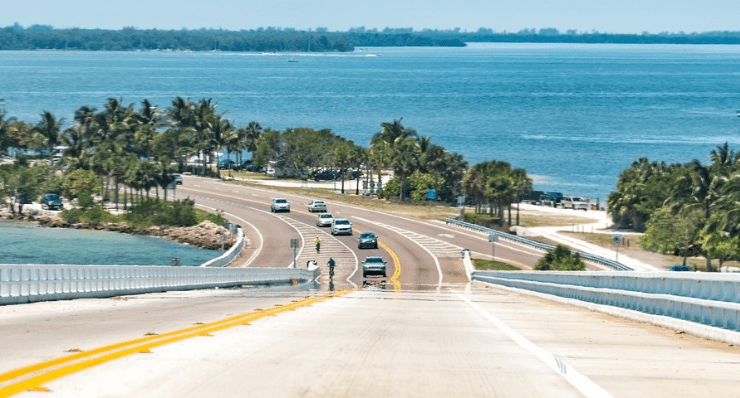
Can You Keep Shells from Sanibel Island?
Sanibel Island is famous for being a true shelling destination. But can you keep the treasures you find on the beaches?
According to Lee County law, all live seashells must remain on the beach or in the water. This means you can’t keep a seashell if it still has a living animal inside. The Florida Fish and Wildlife Conservation Commission (FWC) enforces this law and the penalties can be stiff. You might be subject to a $500 fine or even 60 days in jail for breaking this law.
Otherwise if the seashell you find no longer serves a sea creature as a home, you’re free it keep it as a memento of your time on the beach. Consider starting a shell collection with all the treasures you find on Sanibel Island!
What Shells are Illegal to Collect in Florida?
There are quite a few rules to follow when collecting seashells in Florida.
According to information from FWC, it is illegal to collect any seashell with a living animal inside Lee County, Florida. This means that you’ll only be able to collect empty, non-living seashells on the beaches of Sanibel Island and Captiva Island, and on the mainland at Fort Myers Beach.
If you’re collecting seashells outside of Lee County and are interested in harvesting life seashells, there are even more rules to follow. First off, you’ll need a saltwater fishing permit to harvest live seashells. You can learn more about the permits required from FWC.
A few species are off-limits. It is illegal to collect any kind of live Bahama Starfish in Florida. Additionally, it is illegal to be in possession of any kind of live Queen Conch in the Sunshine State.
Can I Take Shells Home from Florida?
Seashells make great souvenirs from your time at the beach. Can you take seashells home from Florida? The answer to this question is yes, as long as they were legally harvested. This means you can’t take home any seashells with living animals inside.
It is important to remember that seashells once contained a living organism. That means you’ll want to clean them before you pack them to bring home.
How to Clean Seashells
It is essential to clean your seashells after you collect them and before you take them home. Skipping this important step can mean a big mess — and an even bigger stink. Seashells were once home to living organisms and need a thorough cleaning before you pack them away as souvenirs.
You’ll need a few supplies to clean seashells before taking them home. You’ll need a bucket or large bowl, water, bleach, dish soap, an old toothbrush or small bristle brush, and paper towels.
Start by filling your bucket or large bowl with hot water and equal parts bleach. Consider starting with one cup of water and one cup of bleach. Them, add your seashells and let them soak. Consider soaking them for at least an hour. You can even leave them overnight.
After the bleach soak, remove the seashells from the solution and discard the bleachy water. Then, wash the shells with dish soap and the brush under running water. Be sure to scrub any crevices and make sure all sand and grit are removed.
After the shells are clean, let them air dry on paper towels. Some collectors like to rub their shells with a few drops of mineral oil to keep them shiny and hydrated before displaying them.
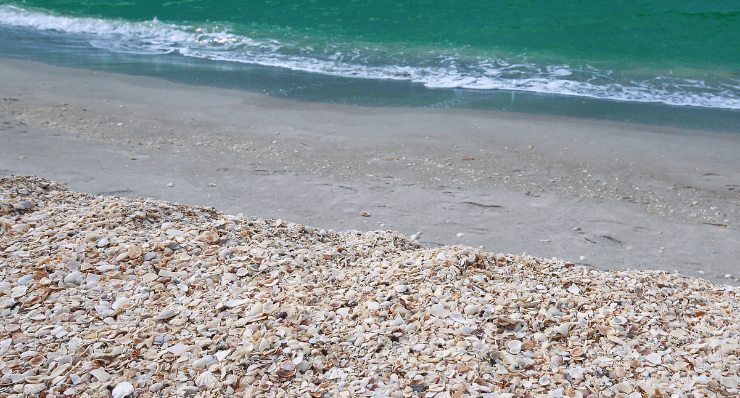
Enjoy the Best Shelling and the Most Fun in Southwest Florida
Spending a day shelling is truly a unique Southwest Florida experience. From the bustling Fort Myers Beach to the remote Sanibel and Captiva Island beaches, you’re sure to find a great time and a treasure trove of seashells on your next Southwest Florida adventure.
Royal Shell’s Port Sanibel Marina makes it easy to enjoy everything Southwest Florida has to offer. This full-service marina, located on Port Comfort Road in Fort Myers, offers access to all the amenities you need to enjoy fun in the Sunshine State.
Enjoy waterfront dining, peruse and make a purchase at Coastal Outfitters shop, rent a boat or kayak, and much more all from Port Sanibel Marina.
Locals and visitors alike love Port Sanibel Marina. Local boat owners love to take advantage of dry storage and wet slips; visitors love the one-the-water ambiance and amenities. With so much to do and love, it is simple to see why so many people make Port Sanibel Marina part of their Southwest Florida experience.
Are you ready to learn more? Call Royal Shell’s Port Sanibel Marina at 239-437-1660 or reach out online now.
